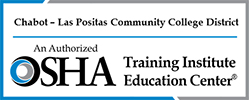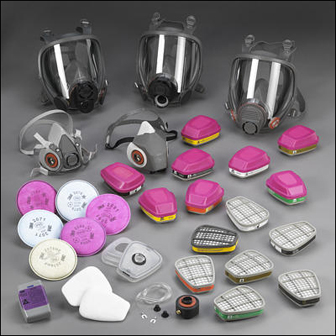Respiratory hazards are an everyday occurrence at many job sites, yet respiratory protection is a commonly overlooked aspect of workplace safety. Too often employers assume they are maintaining a safe work environment by simply making respirators available to their workers. A truly effective respiratory protection program ensures the safety of all workers by incorporating respirators as part of a larger plan involving assessment, engineering, evaluation, training and administration.
According to OSHA Standards the primary objective of respiratory protection is to prevent atmospheric contamination and control occupational diseases caused by breathing contaminated air. Before putting any employee in a respirator, employers should consider a comprehensive approach to protecting their workers from airborne hazards. Important elements of a Respiratory Protection Program include:
- Exposure Assessment
- Potential Feasible Engineering Controls
- Exhaust Ventilation
- Dilution
- Scheduling of Crews/Subcontractors
- Employee Medical Evaluation
- Respirator Fit Testing
- Respirator Selection
- Employee Training
- Program Administration
A comprehensive Respiratory Protection Program can not only support the health of employees but also contribute to the financial health of employers through increased productivity and reduced liability. Effective respiratory protection allows everyone in the workplace to breathe easier. Learn More

